In the year 1999 the LED technology had some difficulties remaining to the product itself, like being expensive, difficult to install, not very bright and not come in white lightning. But by the other hand, had some interesting and unique characteristics like having rich saturated colors, could be programed to run automatically in sequence of changing colors and transform ordinary areas into amazing ones.
In 1997 the company Color Kinetics Inc. (CKI) started selling their high tech LED product line to the entertainment and theatrical industries where the color-changing light products were first demanded; one year later they targeted their products to a broader market: the “retailtainment” companies, that included the architectural, retail, merchandising and display industries (Narayandas & Neuner, 2001). We can argue that this initial market for CKI was part of what Moore (1995) calls the “Early Market” conformed by innovators and early adopter customers in the “Technological Adoption Life Cycle”, than mainly are technological enthusiasts and visionaries.
Now CKI wants to go to the next step and catch the next platform for growth, for this they have studied different alternatives of markets and potential customers (Narayandas & Neuner, 2001). One mistake that the company has to be aware is what Christensen (1999) tell us about disruptive technologies (DT) and growing in new markets: do not look at new markets through the eyes of the current customers, because DTs frequently do not have a concrete market, is the emergence of new segments of customers (Christensen, 1999).
Taking this in consideration, when a company tries to pass from the “early markets” into the “early majority” they commit another mistake that Moore (1995) calls “to fall in the Chasm”, where sales will falter or not grow. To pass this abysm or crossing the chasm, the simple strategy is to focus intensively on a segmented market that the company can serve with the “whole product” they are producing now, not the one that will have future improvements. This is to identify a single beachhead of pragmatism customers what the company can serve in 100% with their actual products.
The candidate markets can be: the big retail chains, the nightclubs and casinos and the high-end restaurants, we initially discard the airports, hotels and pools and spas because they need little more standardized products, or white light, can be served by retail chains, or are to dispersed and difficult to reach for the CKI sales force.
If we use the Moore´s (1995) five criteria for selecting initial markets we can see that this 3 initial customer segments more or less meet the request criteria. If we look deeper, the big retail companies may have the funds, are easy to reach for the CKI sales force and have compelling reasons to buy. The problem is that their main business is not fashion or the appearance of the stores, is more functional. That is why investing in LED color technology could be more difficult or not priority. The high-end restaurants are another customer candidate, but they don´t have a real compelling reason to buy, they can garnish their restaurants with other themes.
Finally, the nightclubs and casinos (1) have the funds, (2) have a compelling reason to buy, they actually use color lights, it is part of their structure, (3) CKI has the experience in large places and has the design partners to attend them, (4) in the short-term we do not see competitor that can attend this customers, and (5) Gaining this market can bring large visibility to CKI, because of the exposure and visits to their installation, think that hotels work very near casinos. This takes us the conclusion that nightclubs and casinos are the best option.
References:
Narayandas, D. & Neuner, M. (2001). Color Kinetics Incorporated (A). Boston, MA: Harvard Business School Publishing.
Christensen, C.M. (1999). Innovation and the general manager, session 1.1 disruptive technologies: catching the wave. Boston MA: McGraw Hill Irwine.
Moore, G.A. (1995). Inside the tornado, Crossing the Chasm, Chapter 2. Harper Business Essentials.
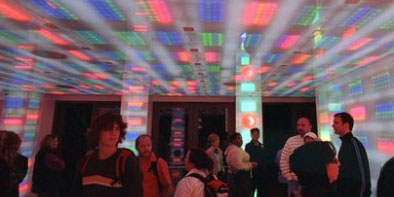

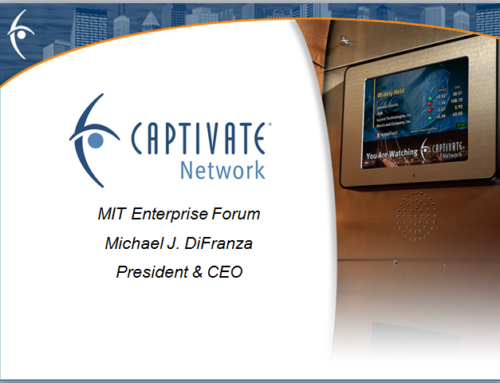
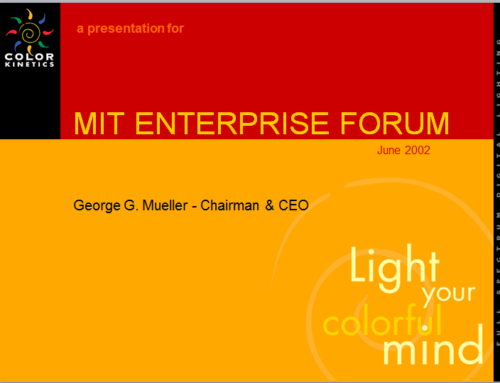
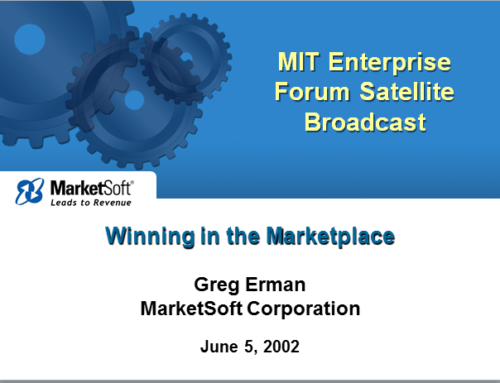
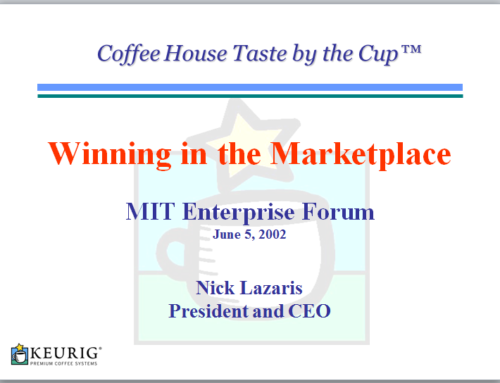
Leave A Comment